For many people, “AI” conjures images of apocalyptic futuristic robots. Artificial intelligence, or AI, often gets a bad rap. Humans seem to have an unreasonable fear of it. That fear is partly fueled by 80s sci-fi movies and partly because AI is a complex technology that most people can’t fully grasp. Despite society’s prevailing skepticism, most of us already use AI in our daily lives, and we don’t even know it.
AI powers programs and technologies that recommend merchandise and TV shows based on our individual buying and viewing habits. So, if you’re using Amazon, Spotify, or Netflix, you’re already interacting with AI every time one of those platforms suggests a show, song, or product.
In addition to influencing our shopping and viewing habits, AI will soon help researchers and wildlife management agencies better understand trout and salmon populations and their habits and behaviors. A new free app set to release this Spring will use artificial intelligence to turn photos anglers regularly take for bragging rights into a potential conservation superpower.
Hopefully, it won’t be long before our idea of AI morphs from images of stark futuristic warzone “Terminators” into visions of crystal-clear mountain trout streams.
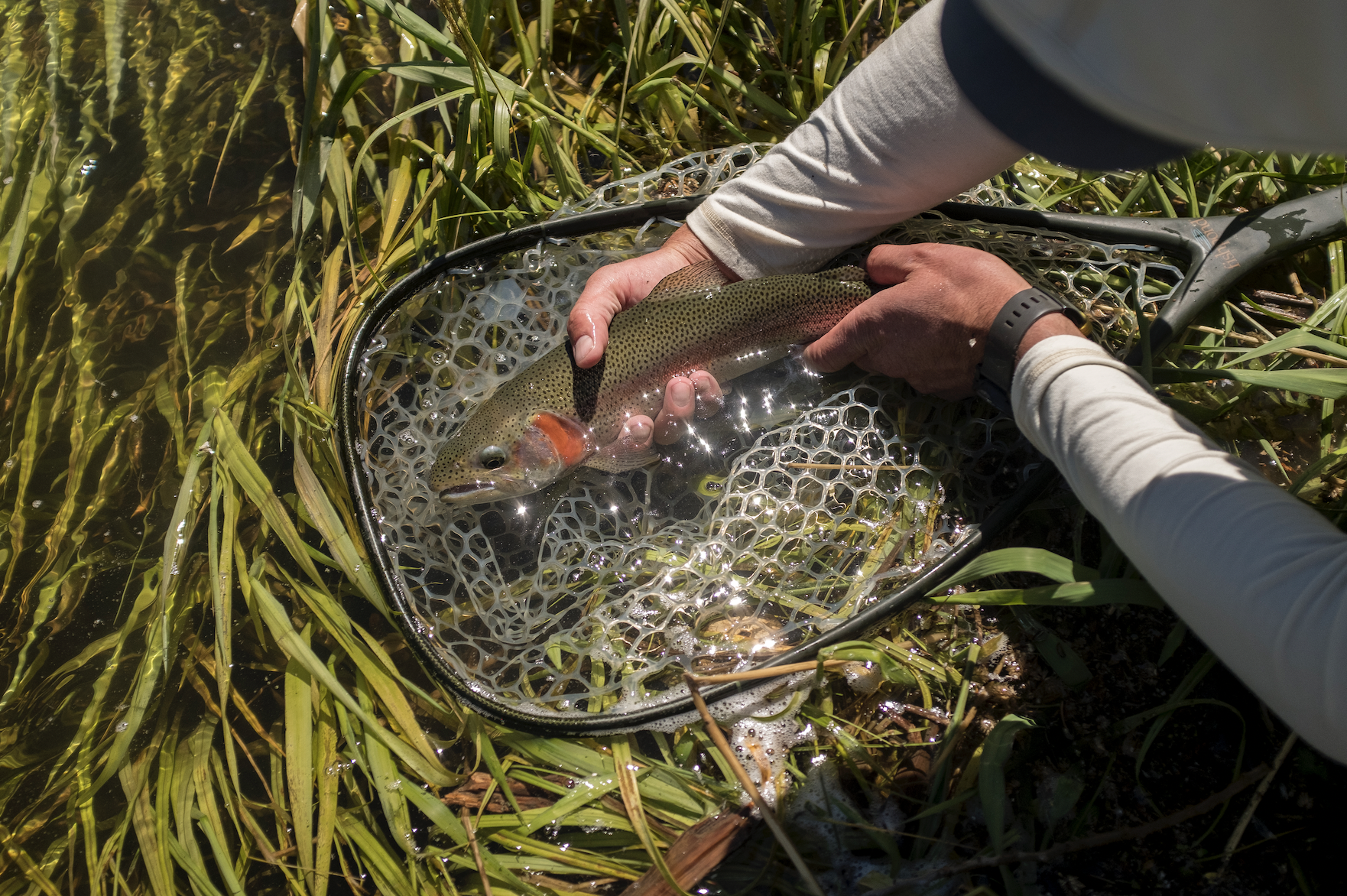
Photo by Joshua Duplechian | Trout Unlimited
AI Technology for Good
A new tool dubbed “TroutSpotter” is currently in the works. The technology will support a collaboration between the U.S. Geological Survey, Trout Unlimited, and Wild Me. Wild Me is a nonprofit that builds software tools for tracking individual animals using AI-powered computer vision and photography. The technology was initially developed for camera traps and trail cameras commonly used by outdoor sportsmen.
Wild Me has developed AI-driven technologies that have helped researchers identify and track individual whales using pictures of their flukes. The technology has also been used with whale sharks, zebras, giraffes, and turtles.
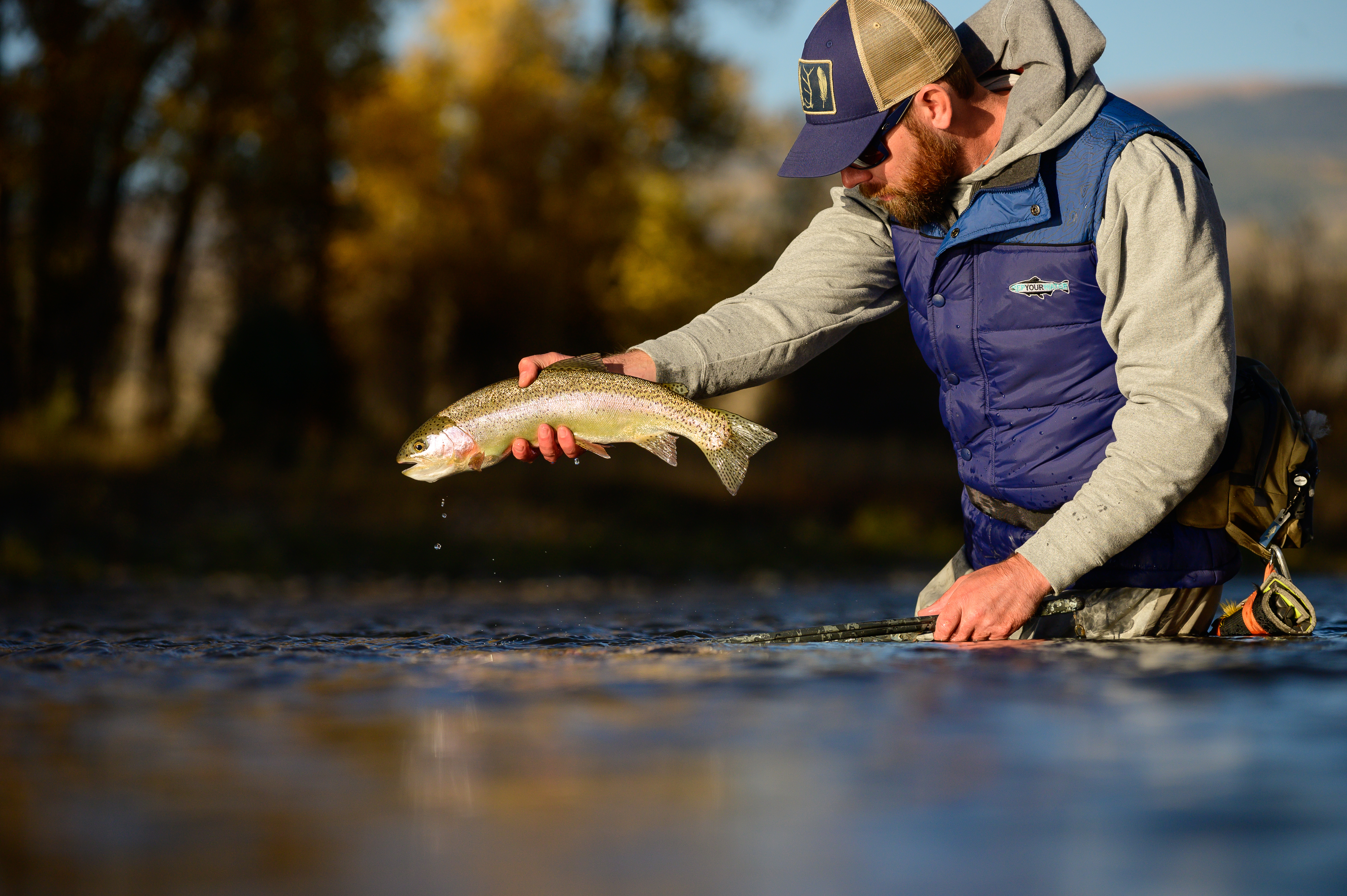
Photo by Joshua Duplechian | Trout Unlimited
“We’re at the cusp of something special here,” said Nathaniel “Than” Hitt, a research fish biologist at the U.S. Geological Survey's Eastern Ecological Science Center in West Virginia.
TroutSpotter uses the same technology NASA employs in its star mapping methods.
“AI is a new shiny object, and it isn’t going to solve all of our research and conservation problems in the hands of anglers, it can be a powerful tool. No organization can be in all the places we care about, but what can be is the rods and reels of anglers.”

Nathaniel “Than” Hitt | LinkedIn
While a launch date is still in the works, onWater Fish, an app that provides real-time fishing data, will host the TroutSpotter tool. Anglers will submit images through the app, which is already popular in fishing circles. Image submission will be part of the free basic version of onWater Fish.
The USGS is coordinating with Trout Unlimited, a national non-profit organization with more than 300,000 members. The group is dedicated to “conserving, protecting, and restoring America’s coldwater fisheries and their watersheds.” Trout Unlimited’s network of staff and volunteers work across the country “to protect, reconnect, restore and sustain trout and salmon habitat on behalf of today’s anglers and coming generations of sportsmen and women who value the connection between healthy, intact habitat and angling opportunity.”
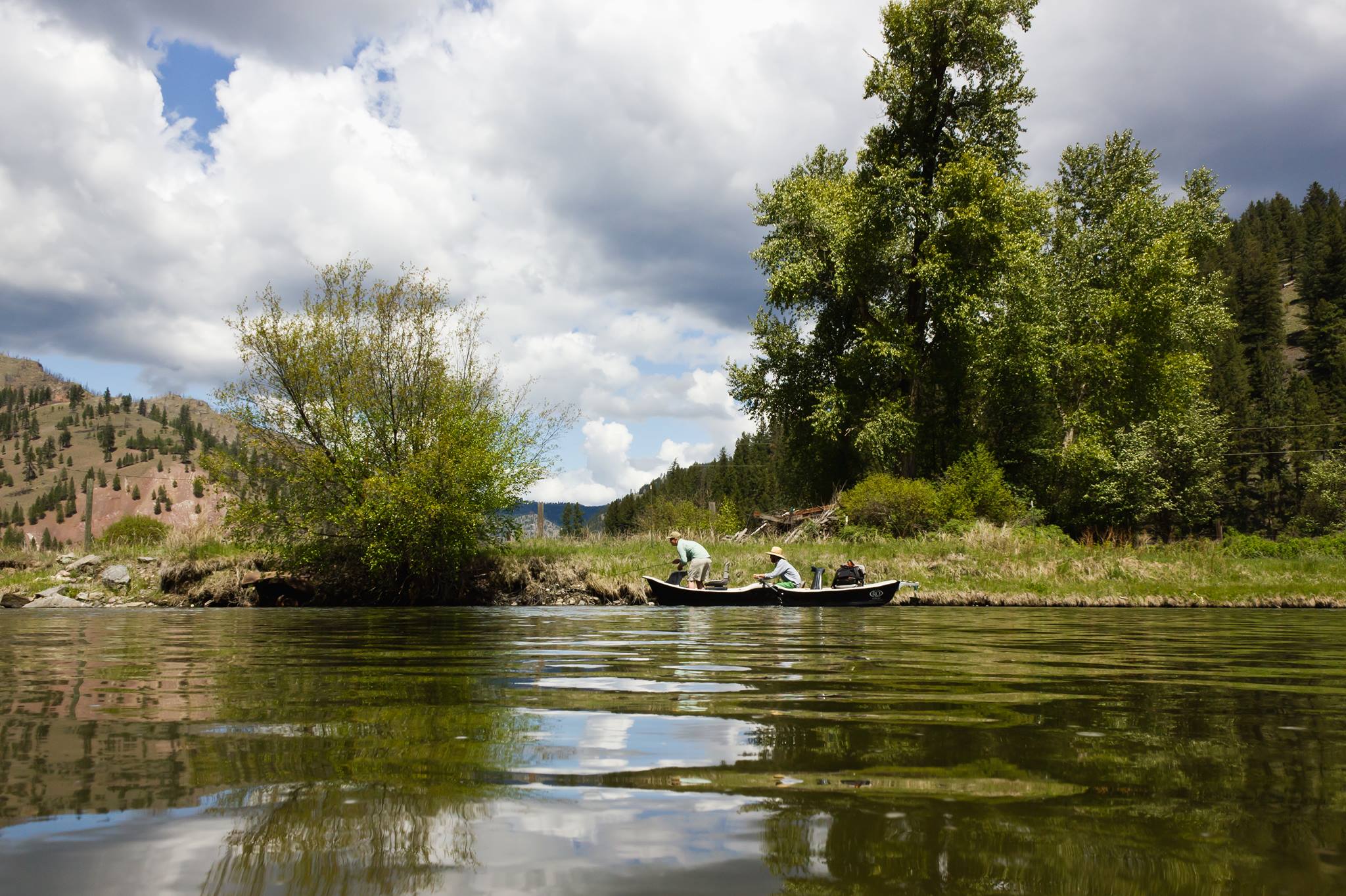
WestSlope Chapter Trout Unlimited | Facebook
The AI tool is built off a neural network that recognizes the unique patterns of individual fish in anglers’ photos.
“Trout patterns are like fingerprints. They’re even clearer than a human face,” Hatt said.
While this might seem like a significant technological leap, plenty of apps already use AI for species identification. Merlin Bird ID helps identify birds users see or hear, Seek by iNaturalist uses image recognition to identify plants and animals, and FishVerify is an app that can identify hundreds of fish species with a simple click of your smartphone camera.
However, TroutSpotter goes beyond simple species identification. It is the first free tool that can recognize the unique individual spot patterns on fish such as trout and salmon.
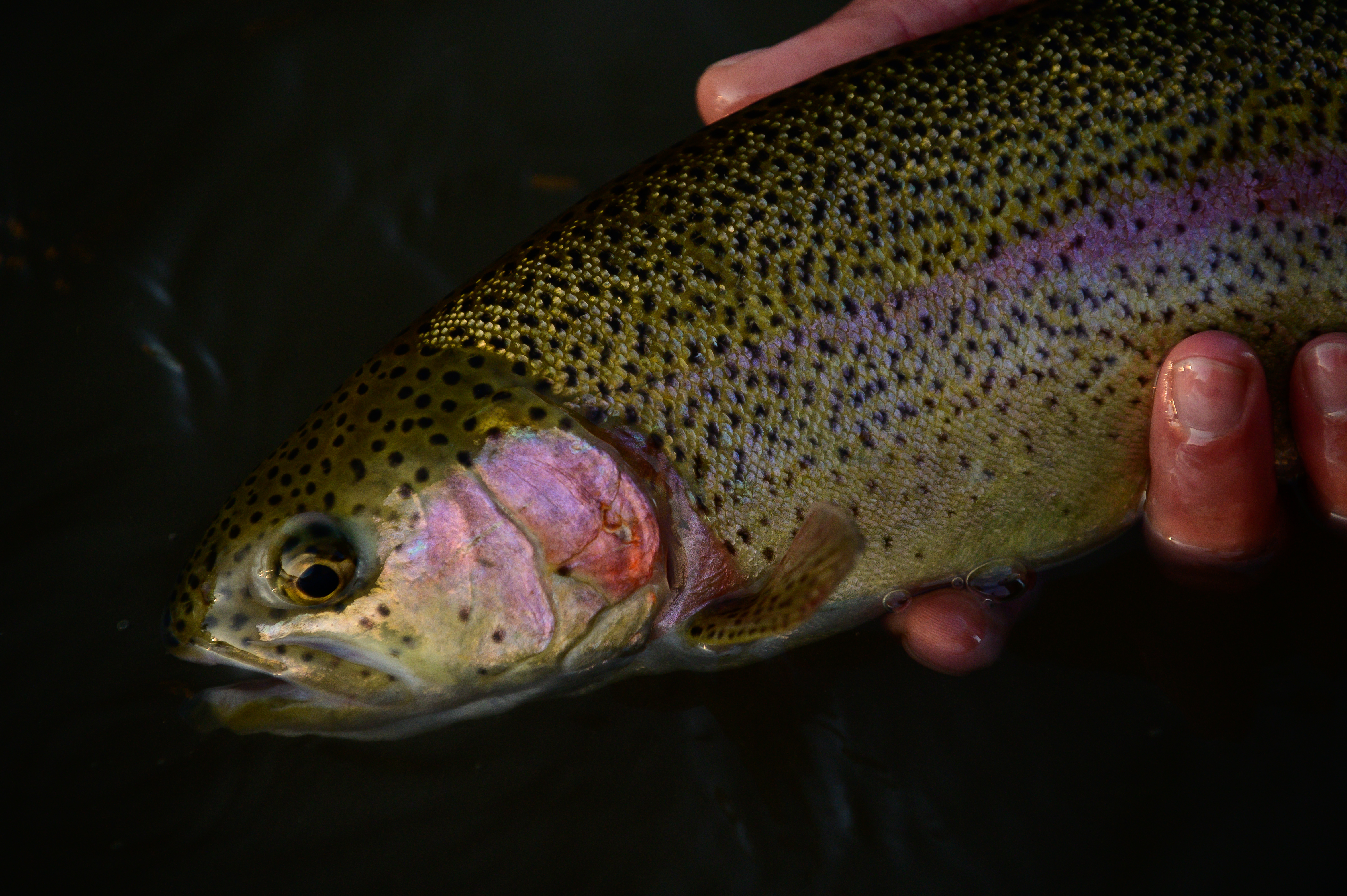
Photo by Joshua Duplechian | Trout Unlimited
“Salmon and trout retain the parr marks [a series of dark vertical markings] for their entire lives,” Hitt said. "What we're doing is pushing the boundaries there and taking things to the individual level.”
The program recognizes a fish’s unique markings by digitally slicing images into ribbons and pixels. It then processes the model square by square so the neural network can identify the red, green, and blue color values that make up each individual fish's markings. Unlike large changes in body size over time, parr mark patterns on a fish’s lateral line remain consistent despite some change in coloration across seasons.
Researchers studying Masu salmon in Japan found the tool can accurately identify individual fish across different seasons and years with more than 90% accuracy.
What Is in It for Anglers?
Anglers love to post photos of their catches, not only for bragging rights but as a memory of the moment, of a connection with the fish. Those photos are often the only evidence a fish ever existed, especially when the angler practices catch and release.
Trout anglers are known to hike miles to remote locations to experience the ultimate fishing experience. In other words, they are already doing the research legwork. TroutSpotter will harness those angling adventures and use them for science. 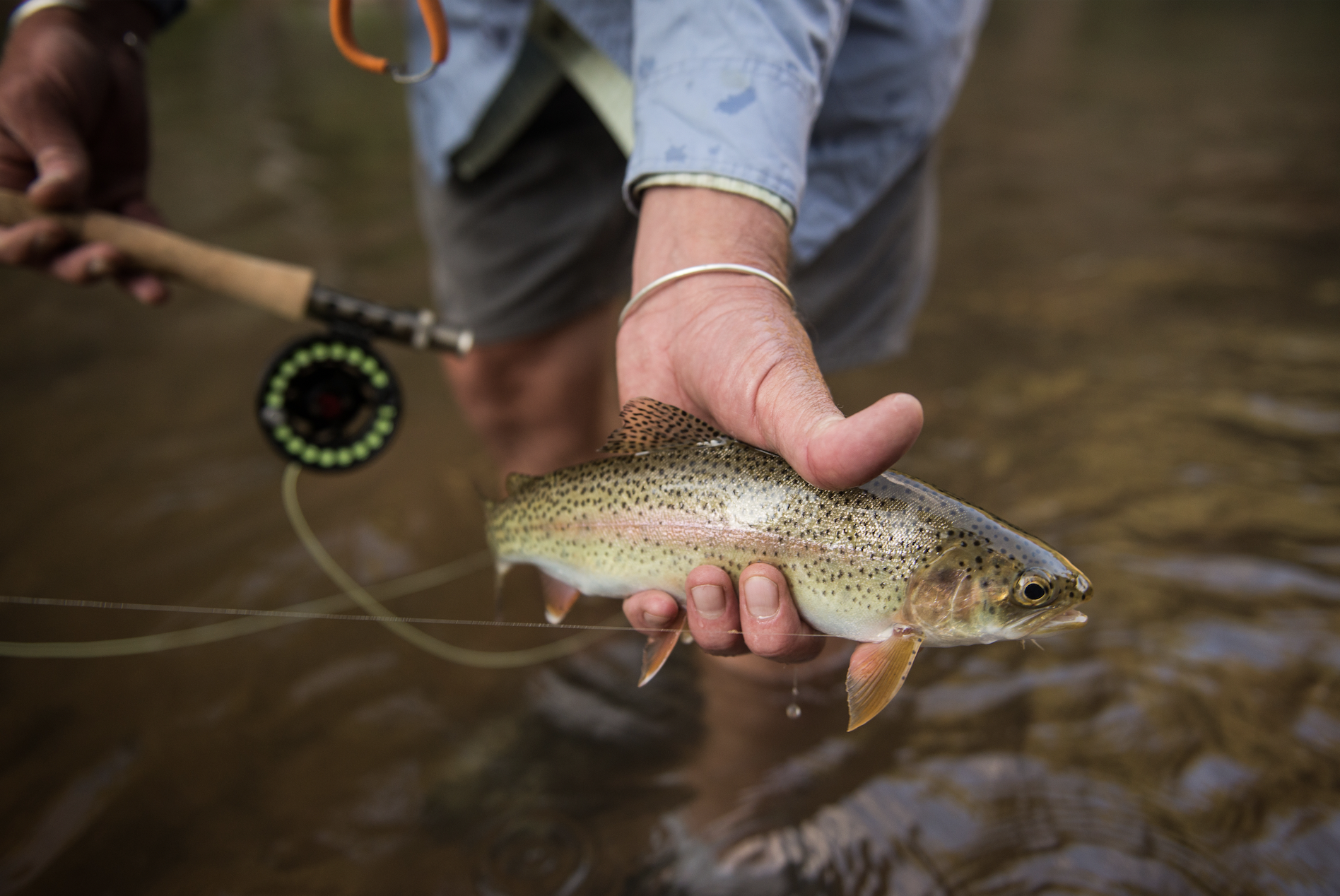 Photo by Joshua Duplechian | Trout Unlimited
Photo by Joshua Duplechian | Trout Unlimited
“People are already posting pictures of their fish, this is a way we can use that more intentionally,” Hitt said.
TroutSpotter will not only allow anglers to share photos of their catches with other like-minded individuals, but it will also provide important feedback about the individual fish they catch while helping resource management learn more about the species that are important to them.
"They get a notification the next time that individual fish is caught in that stream saying, 'Hey, you know, we found George,' " Hitt said.
Hitt and his colleagues believe the tool could be especially attractive to younger anglers who tend to be highly interested in technology. It also has the allure of social media, as anglers can use uploaded photos to track the movements of individual fish like they track their friends on Snapchat and WhatsApp.
The hope is that this spark angler interest in the health of their local waterways, fostering a deeper sense of connection to the places that are important to them.
Providing Public Data While Preserving Privacy
Anglers often guard the locations of their favorite trout-fishing hot spots like the US guards its nuclear launch codes. One major drawback to sharing the spot you caught George is that every other angler on the app could potentially swoop into your favorite spot until there’s barely enough elbow room to cast a fly.
"Yes, it would be great to know whether these fish have been caught again," said Gary Slater, an avid angler and a Donegal Chapter of Trout Unlimited board member. "But, at the same point in time, nobody wants to give up their location."
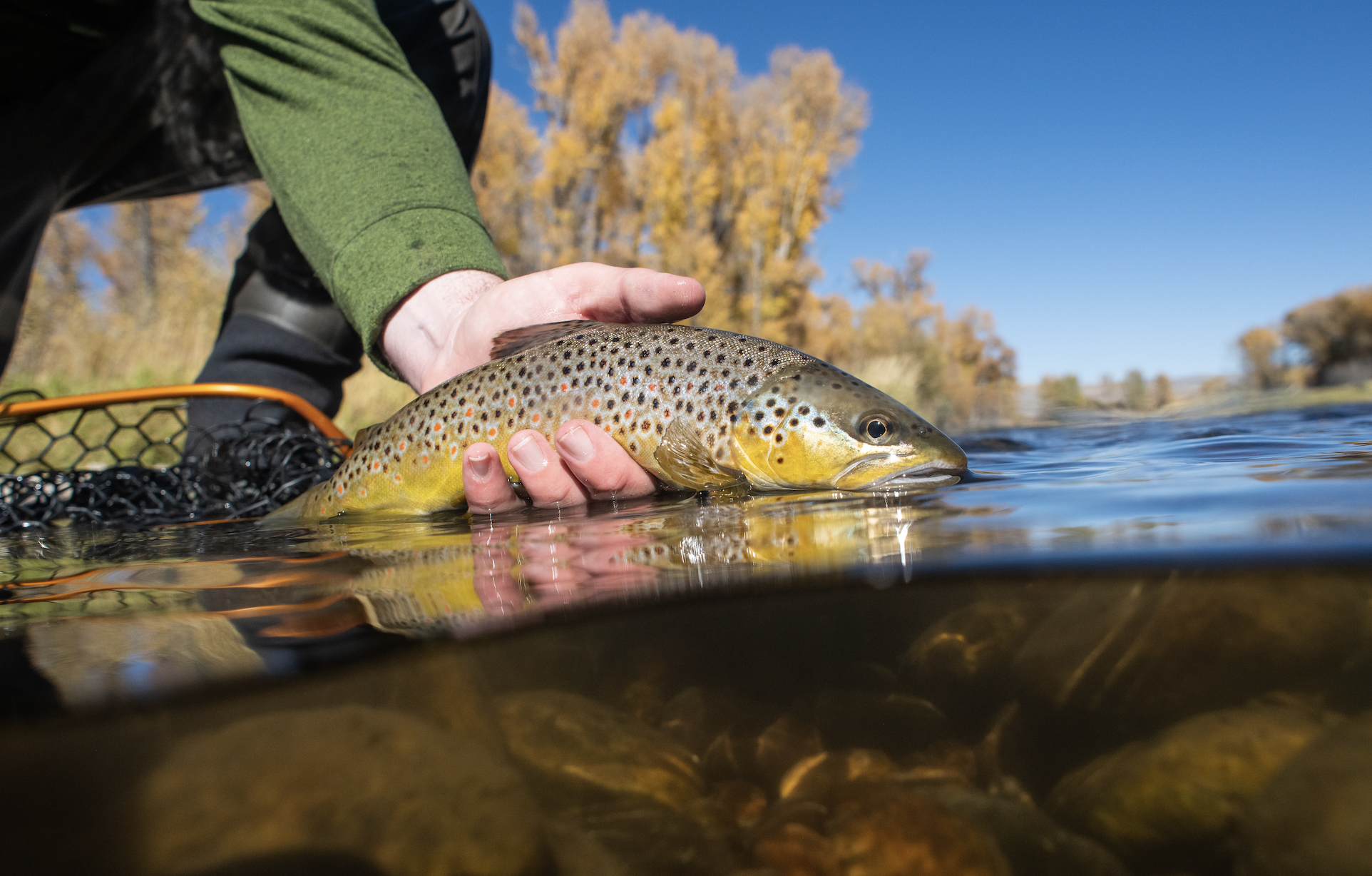
Photo by Joshua Duplechian | Trout Unlimited
There are potential solutions to balance providing important public data on fish location and protecting angler sweet spots. It’s especially important that trout honey holes remain private and isolated, as overcrowding could lead to harmful fishing pressure and habitat degradation.
To protect the privacy of angler honey holes, general app users will only be able to see their own data. However, a research-based component will allow scientists access to the entire database. That data is critical for researchers to understand how certain fish species are faring in crucial watercourses.
Trout Unlimited’s senior scientist Helen Neville suggested that researchers break down streams into segments to make public location data less exact. Another option is to release data only from select public access spots as pilot studies to show what TroutSpotter can do and determine what effects it could have on fishing pressure in those locations.
Benefits for Science and Conservation
Organizations like the US Geological Survey have historically used cameras to estimate fish populations. However, counting fish as they swirl past an underwater camera is complicated. It’s almost impossible to tell one wriggling trout from another, and there’s no way for biologists to confidently know they’ve counted each fish or that they’ve counted each fish only once.
Trout researchers have also implanted radio telemetry devices in Westslope cutthroat trout to track their movement over time. While the practice has helped scientists better understand the behaviors of certain fish species, it has risks, including the possibility of electric shock and increased radiation exposure for both the subjects and their environments.
Harnessing the power of AI would ensure more accurate population counts. However, with the help of anglers, biologists and wildlife management agencies could reap even bigger benefits. When implemented on a broad scale, TroutSpotter could help wildlife biologists better understand the behaviors and migratory patterns of these fish without the invasive use of tags and transmitters. And as data is gathered on fish populations and behaviors, it could also help environmental scientists better diagnose waterway health issues.
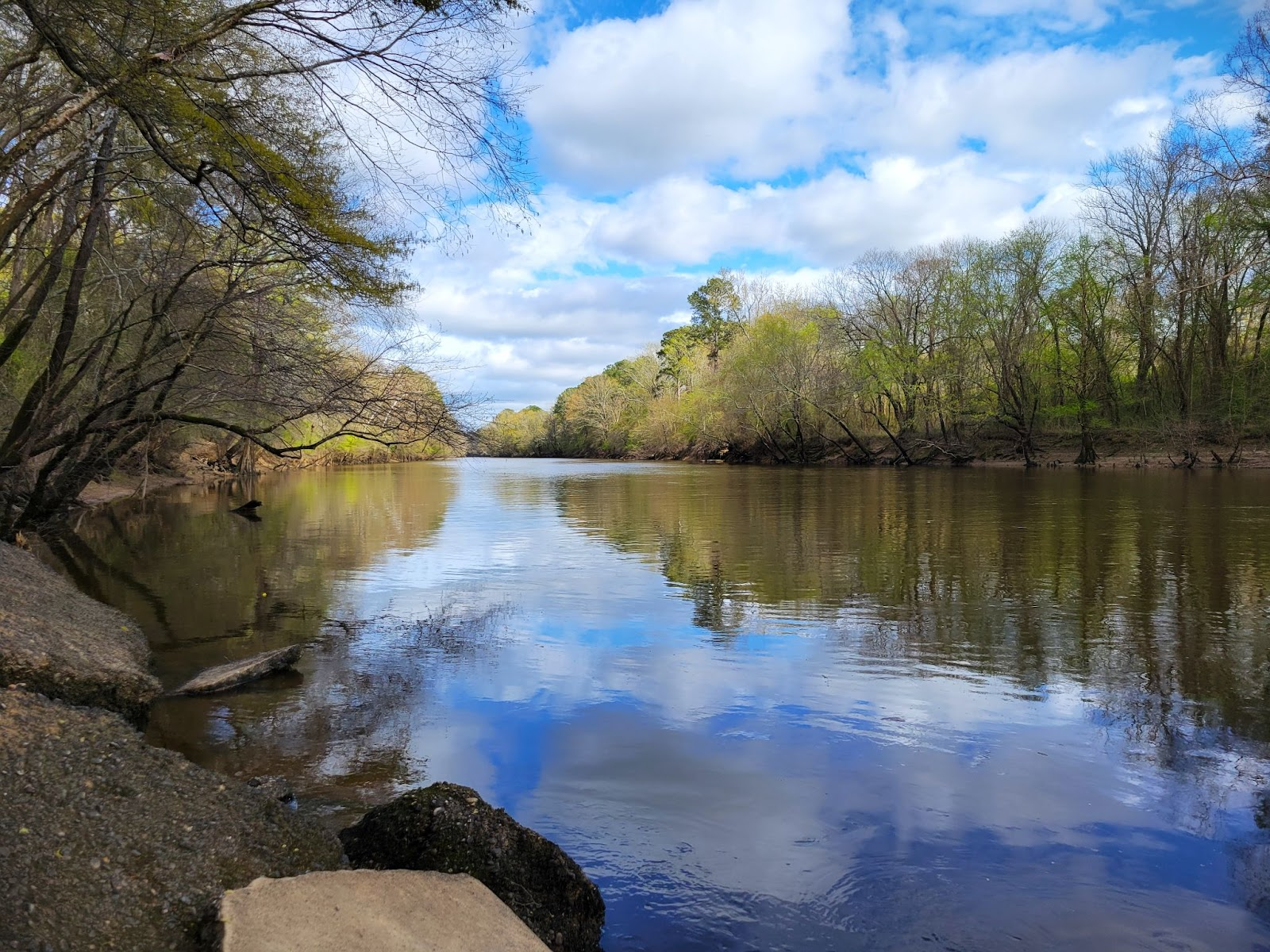
Data gathered through the AI TroutSpotter tool could help scientists understand waterway health. Photo by Alice Jones Webb
“Anglers have the social network, conservation interest, and local knowledge,” said Hitt. “Now, all that can be harnessed for science. This is a way to let anglers be the waders on the ground.”
Inaugural study areas will include the Rapid River in Maine, Virginia’s Rapidan River, Massachusset’s Deerfield River, and rivers in southwest Montana. In eastern regions, research will mainly focus on brook, brown, and rainbow trout. Monitoring these streams will help organizations like Trout Unlimited focus conservation efforts on the places that most need it.
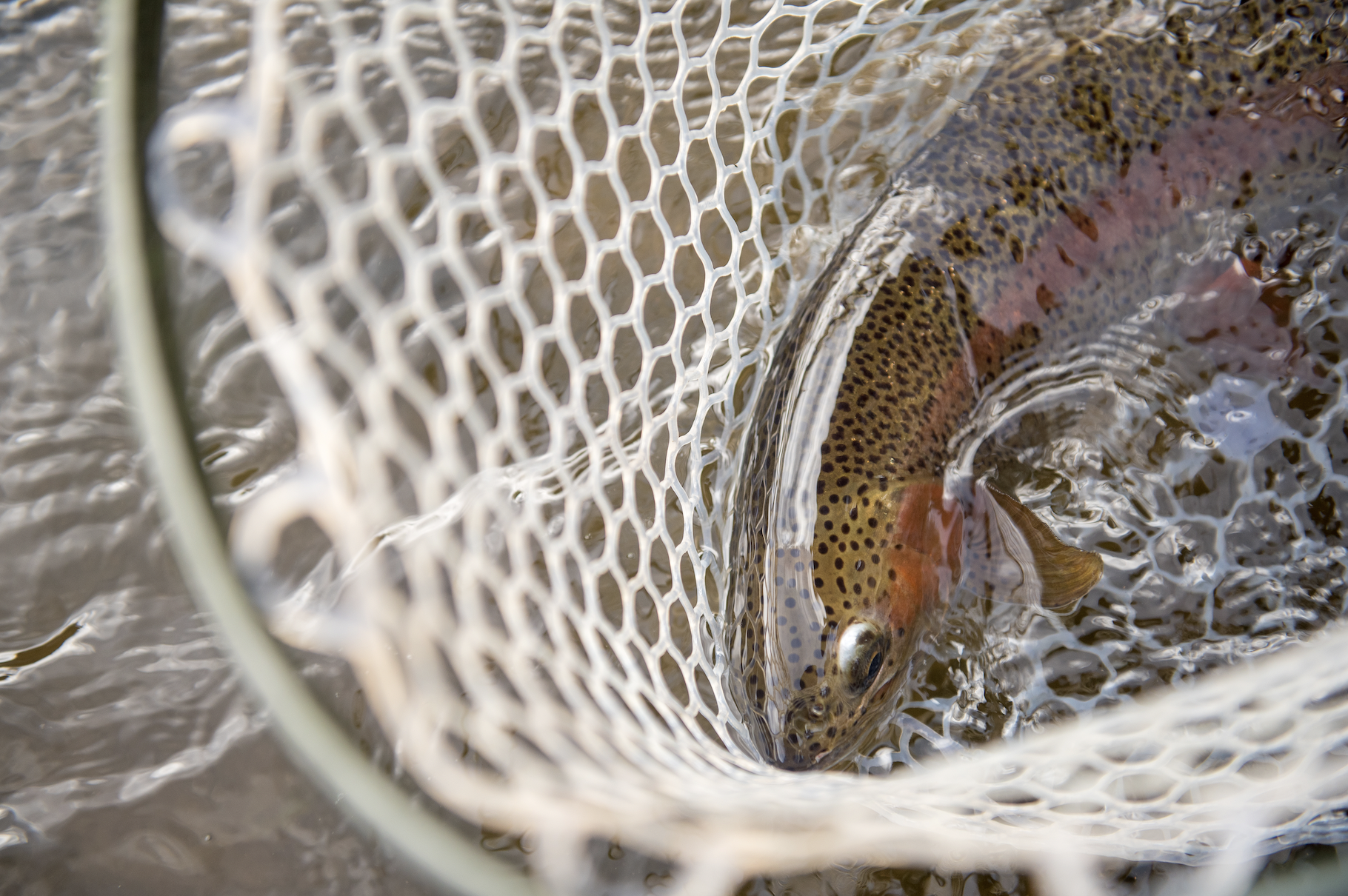
Photo by Joshua Duplechian | Trout Unlimited
Beyond Salmon and Trout
Hitt said whether AI identification technology will work for species beyond salmon and trout has yet to be determined. However, he thinks it should work for any fish with spot patterns, including some species of bass and the critically endangered Delta smelt.
“If you can see it with your own eyes, AI’s neural network can detect it, too,” Hitt said. “I would love for anglers to throw other species into the system and see what happens.”
